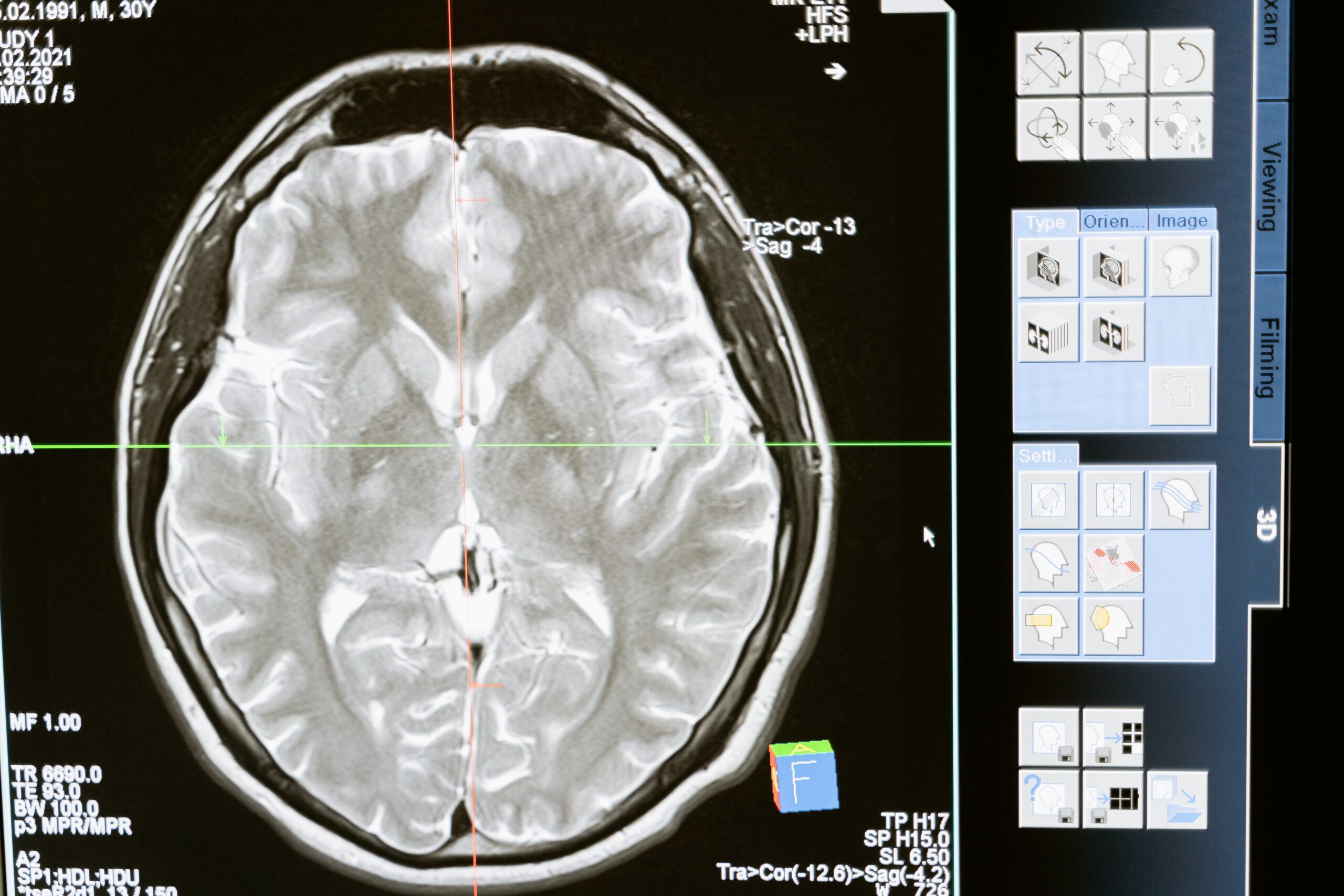Meningitis can be defined as the inflammation manifesting as swelling or infection of meninges which are the three layers of membranes that cover brain and spinal cord. This can be caused by ,

- Infective causes as microorganisms including bacteria and virus
- Non-infective causes as some drugs
- Blood flowing in to brain due to intra cerebral hemorrhages
- Cancers.
Main bacteria that cause meningitis are,
- Neisseria meningitidis
- Streptococcus pneumoniae
- Staphylococcus aureus.
Viruses as HIV, mumps, enterovirus and herpes, Fungi as Candida albicans and Cryptococcus neoformans also cause meningitis. The blood cells called polymorphs get accumulated in the fluid around the brain, forming a layer of pus which results in adhesions and weaknesses in nerves that originate from brain including cranial nerves.
Clinical Manifestations
Main three features are
- Headache
- Neck stiffness
- Fever
Other features are
- Photophobia which means feeling of discomfort to bright light
- Vomiting
- Patient becomes irritable and often prefers to
- Lie still
- Consciousness can be impaired or preserved
- Petechial or red color rash in the body in some cases as meningococcal meningitis
- Fits and neurological signs as double vision can also occur
- Loss of appetite
- Sleepiness
- Difficulty in walking
Risk factors
- Children under 5 years and elderly over 60 years are more prone to get viral infections
- Pregnancy shows an increased risk for infections and can result in still births, miscarriages and premature deliveries.
- Not getting the vaccinations in recommended ages.
- Disorder as HIV, diabetes and drugs that weaken the immune system can make patients more prone to get the disease.
- Surgical removal of spleen can also increase the risk and those patients need to get vaccinated against meningitis.
- Poor quality of life and living in hostels, boarding schools, military camps can predispose for the infection.
Management
Management at Home
- It is important to keep in mind that meningitis is a life-threatening condition which must be managed soon.
- Hence if the above features are presented together in a patient, they must be soon brought to the hospital for further management ad minutes can save lives.
Management at Hospital
- Patient must he treated with antibiotics in intravenous route.
- Blood must be drawn for blood culture in order to diagnose the organism which causes the meningitis.
- Chest and skull imaging as CT and chest x-ray if available.
- If there is a local infection, it will require surgical intervention as treatment.
Prevention of Meningitis
The details of the patients with meningococcal meningitis must be informed for public health services to contact trace and to organize immunization programs. Vaccination programs must be organized including vaccines as Hemophilus influenza type B vaccine and Pneumococcal conjugate vaccine.
How to Protect Yourself from Getting the Infection
- The microorganisms that cause meningitis can spread via respiratory tract in means of coughing, sneezing, and sharing eating utensils.
- It is important to wash hands properly before eating, after going to the toilet, after using public transportation and after being in the public places amidst large crowds.
- Healthy dietary habits, regular exercise, reducing stress and adequate sleep can boost the immune system to protect you from getting the infection.
- It is important to cover your mouth when you are sneezing and wearing a mask if you have cough when being among people in public places.
- Avoid sharing eating utensils, tooth brushes and food as much as possible.
References
- Kumar and Clerk’s Clinical Medicine -8th Edition- Parveen Kumar, Michael Clark
- Oxford Handbook of Clinical Medicine – 10th Edition

